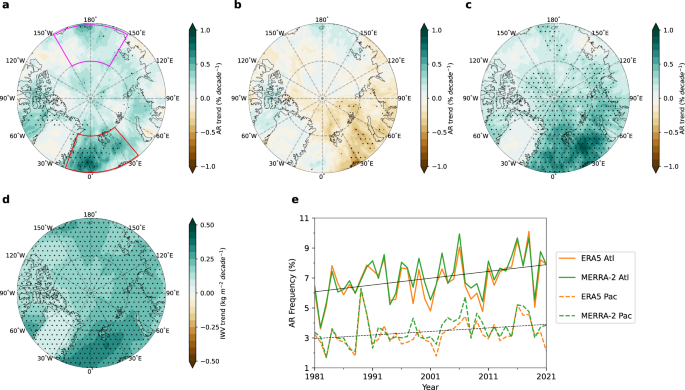2024-03-26 バーミンガム大学
<関連情報>
- https://www.birmingham.ac.uk/news/2024/tiniest-starquake-ever-detected-new-study
- https://www.aanda.org/articles/aa/full_html/2024/03/aa49197-24/aa49197-24.html
ESPRESSOで冷矮小星小惑星論のフロンティアを広げる,矮星ϵ Indiに太陽のような振動を発見 Expanding the frontiers of cool-dwarf asteroseismology with ESPRESSOK5 Detection of solar-like oscillations in the K5 dwarf ϵ Indi
T. L. Campante, H. Kjeldsen, Y. Li, M. N. Lund, A. M. Silva, E. Corsaro, J. Gomes da Silva, J. H. C. Martins, V. Adibekyan, T. Azevedo Silva, T. R. Bedding, D. Bossini, D. L. Buzasi, W. J. Chaplin, R. R. Costa, M. S. Cunha, E. Cristo, J. P. Faria, R. A. García, D. Huber, M. S. Lundkvist, T. S. Metcalfe, M. J. P. F. G. Monteiro, A. W. Neitzel, M. B. Nielsen, E. Poretti, N. C. Santos and S. G. Sousa,+
Astronomy & Astrophysics Letters Published:26 March 2024
DOI:https://doi.org/10.1051/0004-6361/202449197

Abstract
Fuelled by space photometry, asteroseismology is vastly benefitting the study of cool main-sequence stars, which exhibit convection-driven solar-like oscillations. Even so, the tiny oscillation amplitudes in K dwarfs continue to pose a challenge to space-based asteroseismology. A viable alternative is offered by the lower stellar noise over the oscillation timescales in Doppler observations. In this Letter we present the definite detection of solar-like oscillations in the bright K5 dwarf ϵ Indi based on time-intensive observations collected with the ESPRESSO spectrograph at the VLT, thus making it the coolest seismic dwarf ever observed. We measured the frequencies of a total of 19 modes of degree ℓ = 0–2 along with νmax = 5305 ± 176 μHz and Δν = 201.25 ± 0.16 μHz. The peak amplitude of radial modes is 2.6 ± 0.5 cm s−1, or a mere ∼14% of the solar value. Measured mode amplitudes are ∼2 times lower than predicted from a nominal L/M scaling relation and favour a scaling closer to (L/M)1.5 below ∼5500 K, carrying important implications for our understanding of the coupling efficiency between pulsations and near-surface convection in K dwarfs. This detection conclusively shows that precise asteroseismology of cool dwarfs is possible down to at least the mid-K regime using next-generation spectrographs on large-aperture telescopes, effectively opening up a new domain in observational asteroseismology.



